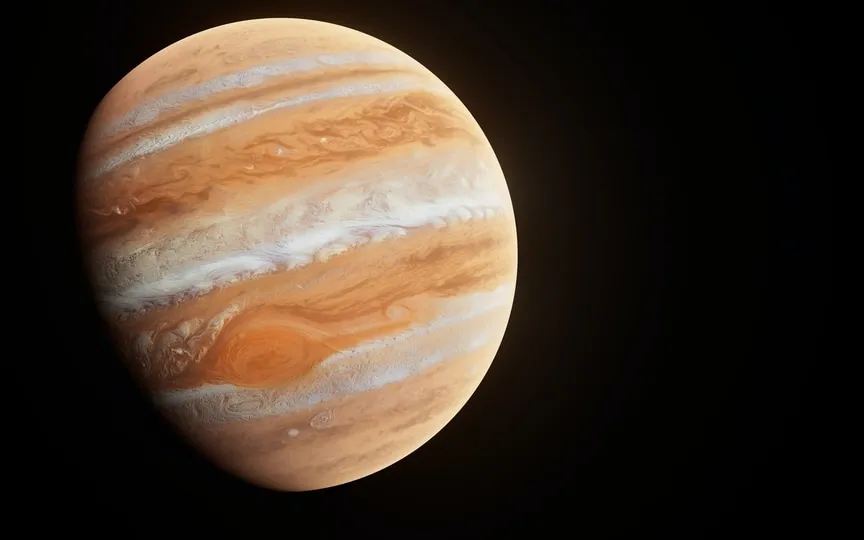Jupiter’s Atmosphere Discovered to Have a Jet Stream by James Webb Space Telescope
NASA’s state-of-the-art space observatory, the James Webb Space Telescope, has made an extraordinary finding within Jupiter’s atmosphere by revealing a previously unknown rapid jet stream.
This jet stream spans more than 3,000 miles and is located above Jupiter’s equator, separate from the main cloud covers.
Jet stream in Jupiter’s atmosphere
The discovery has provided valuable insights into the interactions between the different layers of Jupiter’s turbulent atmosphere and sheds light on how they work together.
The lead author of the study, Ricardo Hueso of the University of the Basque Country, expressed his surprise at this discovery and emphasized that the capabilities of the Webb telescope make it possible to observe previously obscure features.
The study was based on data collected by Webb’s Near-Infrared Camera (NIRCam) in July 2022 as part of the Early Release Science program.
The goal of the program was to take images of Jupiter every one Jupiter day, or every 10 hours, using four different filters to detect changes at different altitudes in Jupiter’s atmosphere.
The Webb telescope’s observations have already provided new insights into Jupiter’s rings, satellites and atmosphere, complementing data collected by other missions and telescopes, including NASA’s Hubble Space Telescope.
Unlike Earth, Jupiter is a gas giant, but both planets have a layered atmosphere. Webb’s unique ability to look deeper into the near-infrared region made it possible to observe the higher layers of Jupiter’s atmosphere.
Jupiter’s newly discovered jet stream travels at an astonishing 320 miles per hour and is located about 25 miles above the planet’s clouds in the lower stratosphere.
The research team plans to continue observing Jupiter with the Webb telescope to track changes in the speed and height of the jet, which may reveal more about Jupiter’s complex atmospheric patterns. Their findings were published in the journal Nature Astronomy, highlighting ongoing discoveries made possible by this revolutionary telescope.




